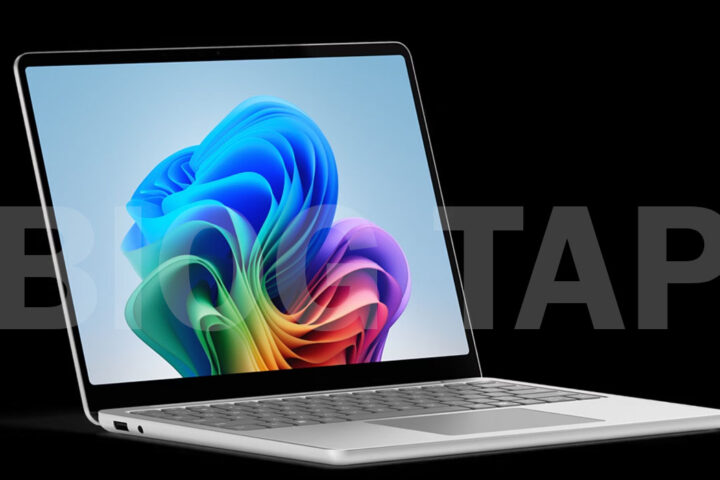Introduction: Why Classroom 15x Matters Today
Education is changing faster than ever before. The old way of teaching, where students sit in rows and listen to the teacher all day, no longer meets the needs of modern learners. Technology, new teaching methods, and the demand for real-world skills are pushing schools to try new models. One of the most talked-about ideas is Classroom 15x.
Classroom 15x is more than just a name. It is a vision of what the classroom of the future could look like. The “15x” often stands for the idea of learning being 15 times more engaging, effective, and personalized compared to traditional classrooms. This model uses flexible design, digital tools, and creative teaching methods to make education more active and meaningful.
In this article, we will explore what Classroom 15x means, how it works, what benefits it can bring, and what challenges teachers and schools may face when trying to make it real.
What Is Classroom 15x?
Classroom 15x is a modern learning model that blends technology, flexible spaces, and innovative teaching strategies. It is not one single product or tool. Instead, it is a complete environment designed to improve student focus, creativity, and teamwork.
The main idea is simple: learning should not be passive. Instead of only listening to the teacher, students should take part in activities, projects, and discussions. With Classroom 15x, technology supports this shift by offering smart boards, laptops, VR headsets, and cloud platforms where students can collaborate in real time.
Key Features of Classroom 15x
Let us look at the most important parts of this model:
1. Flexible Learning Spaces
Unlike traditional classrooms with fixed desks, Classroom 15x promotes movable furniture, group zones, and open layouts. This setup allows teachers to quickly change the environment for teamwork, presentations, or quiet study.
2. Digital Integration
Technology is at the heart of Classroom 15x. Students can use tablets, laptops, or even AR and VR devices. Lessons are supported by cloud-based tools where both teachers and students can share resources instantly.
3. Personalized Learning
One of the biggest goals is to adapt education to each student’s needs. Digital platforms can track progress and suggest materials that match the learner’s speed and style. This helps faster learners move ahead while giving slower learners extra support.
4. Collaborative Activities
Instead of individual tasks only, Classroom 15x encourages teamwork. Group projects, peer discussions, and problem-solving sessions build critical soft skills such as communication and leadership.
5. Real-World Connections
Many models of Classroom 15x focus on real-life examples. Students may solve problems linked to their community or global issues. This makes learning feel more useful and inspiring.
Why Is Classroom 15x Important?
Classroom 15x matters because the world has changed. Employers now look for people who can think critically, adapt to change, and work well in teams. Traditional classrooms were built for memorization and repetition, not for creativity.
By using modern methods, Classroom 15x prepares students for future jobs and lifestyles. It also helps reduce boredom and lack of motivation, which are common problems in schools today.
Benefits of Classroom 15x
1. More Student Engagement
Interactive technology and flexible activities keep students more active. Instead of being passive listeners, they become participants.
2. Better Learning Outcomes
Studies suggest that active learning can improve knowledge retention by up to 75% compared to passive learning. Classroom 15x aims to use this principle every day.
3. Building Future Skills
Skills like problem solving, digital literacy, teamwork, and creativity are natural parts of this model. These are the exact skills employers value in the modern world.
(You can read more about these skills in World Economic Forum’s education insights).
4. Support for Different Learning Styles
Not all students learn the same way. Some prefer visual aids, others prefer hands-on activities. Classroom 15x adapts to multiple styles by offering variety.
5. More Teacher Satisfaction
Teachers often feel limited in traditional classrooms. With Classroom 15x, they have more tools, freedom, and support to teach in creative ways.
Challenges of Classroom 15x
No model is perfect, and Classroom 15x also faces difficulties.
1. High Costs
Smart technology, flexible furniture, and training programs require money. Not all schools can afford the investment.
2. Teacher Training
For this system to work, teachers must be trained not only in technology but also in new teaching methods. This takes time and effort.
(For helpful resources, visit Edutopia’s teacher training section).
3. Digital Divide
Not all students have equal access to devices or stable internet at home. This may create unfair advantages.
4. Risk of Distraction
While technology helps, it can also distract. Teachers need strategies to keep students focused.
5. Cultural Resistance
In some regions, parents and teachers may be resistant to big changes. Convincing them may take patience and proof of results.
Examples of Classroom 15x in Practice
Although still a new concept, some schools around the world are already experimenting with similar models.
- Singapore: Schools are adding smart learning labs with VR headsets for science lessons.
- Finland: Education focuses on project-based learning, giving students more freedom and responsibility.
- United States: Some charter schools are using blended learning, where students mix online work with face-to-face instruction.
These examples show that Classroom 15x is not science fiction. It is already starting to appear in modern education.
How Classroom 15x Changes the Role of Teachers
In traditional classrooms, the teacher is the main source of knowledge. In Classroom 15x, the role changes to a guide, mentor, and coach.
Teachers no longer just deliver information. Instead, they design learning experiences, encourage discussions, and provide personal feedback. This shift makes their work more dynamic but also more demanding.
The Student Experience in Classroom 15x
For students, learning becomes more interactive and connected. They can:
- Work in teams and learn from peers.
- Use digital platforms to access lessons anytime.
- Take part in real-world projects that feel meaningful.
- Track their own progress and set personal goals.
This model gives them more responsibility for their education.
Technology Tools in Classroom 15x
Some of the most common tools include:
- Smart Boards: Interactive screens that allow teachers to write, draw, and show multimedia.
- Cloud Systems: Platforms like Google Classroom or Microsoft Teams that connect teachers and students.
- VR/AR Devices: Used for simulations, history lessons, or science experiments.
- Learning Analytics: Software that tracks student performance and gives feedback.
(For more details, check out Microsoft Education solutions).
The Future of Classroom 15x
Looking ahead, Classroom 15x could become the standard in many schools. With more investment, cheaper devices, and wider internet access, the barriers will reduce.
Experts believe that by 2030, many schools may adopt flexible layouts, personalized software, and hybrid teaching. This would bring Classroom 15x closer to reality for millions of students.
Tips for Schools Wanting to Adopt Classroom 15x
- Start Small – Begin with one pilot classroom before changing the whole school.
- Invest in Teacher Training – Tools are useless if teachers do not know how to use them.
- Involve Parents – Keep families informed so they support the changes.
- Focus on Equity – Make sure all students have access to devices and internet.
- Measure Progress – Track results to show that the system works.
Common Questions About Classroom 15x
1. Does Classroom 15x really mean 15 times better learning?
Not exactly. The “15x” is more symbolic, meaning a big step forward compared to old methods.
2. Is it only about technology?
No. Technology is just one part. The bigger idea is flexible spaces, teamwork, and personalized learning.
3. Can poor schools adopt it?
Yes, but they may need low-cost versions, like movable desks and free online tools.
4. Will teachers lose their jobs?
No. Teachers will remain central, but their role will shift from “lecturer” to “mentor.”
5. Is Classroom 15x already real?
Parts of it exist in schools around the world, but full adoption is still in progress.
Conclusion: A Path Toward Smarter Learning
Classroom 15x is a fresh vision of education where technology, flexible spaces, and active teaching meet. It offers big benefits: more engagement, stronger skills, and a future-ready mindset. But it also has challenges, such as cost, training, and equity issues.
Still, the idea is powerful. If schools, teachers, and communities work together, Classroom 15x could bring real change. It shows us that the classroom of the future is not about walls and desks—it is about opportunities, creativity, and growth.
Relatable Topic : Hanime1, Unsent Project, Ashcroft Capital Lawsuit












